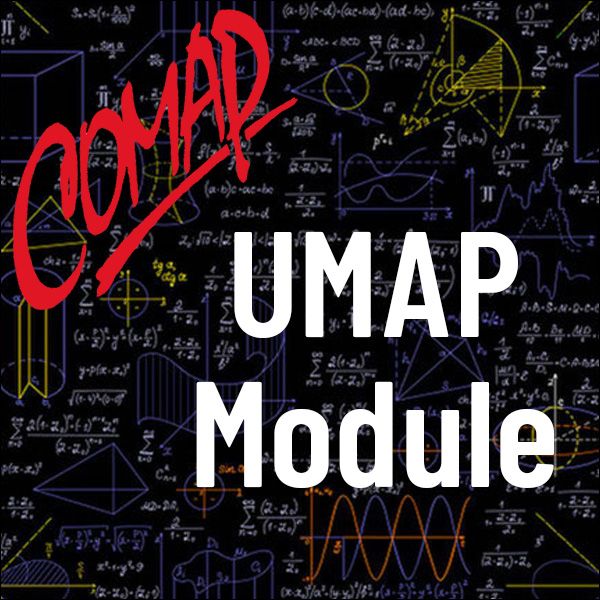Compartmental Pharmacokinetic Models (UMAP)
Author: Elisabeth Berg, Wai Lau and Elizabeth Nguyen
TARGET AUDIENCE:
Students in a course in differential equations or in mathematical modeling.
ABSTRACT:
Pharmacokinetic models aim to provide a realistic description of drug behavior in the body. We present several classic compartmental pharmacokinetic models, including the derivation of the equations used to model the system, as well as the calculations necessary to determine the model parameters. Also, we give actual drug case studies as exercises in determining pharmacokinetic parameters.
Table of Contents
1. INTRODUCTION
2. DIFFERENT APPROACHES TO PHARMACOKINETICS
2.1 Physiological Modeling
2.2 Classic Compartmental Modeling
2.3 The Model-Independent Approach and Population Pharmacokinetics
3. MODELING BASIC PHYSIOLOGICAL RESPONSE TO DRUGS
3.1 Absorption
3.2 Distribution
3.3 Metabolism
3.4 Elimination
4. ONE-COMPARTMENT MODELS
4.1 One-time Intravenous Injection
4.2 Continuous Intravenous Infusion
4.3 Oral Administration of Drug
5. MULTIPLE COMPARTMENTS
6. CONCLUSION
7. SOLUTIONS TO THE EXERCISES
REFERENCES
ABOUT THE AUTHORS

Mathematics Topics:
Application Areas:
Prerequisites:
You must have a Full Membership to download this resource.
If you're already a member, login here.